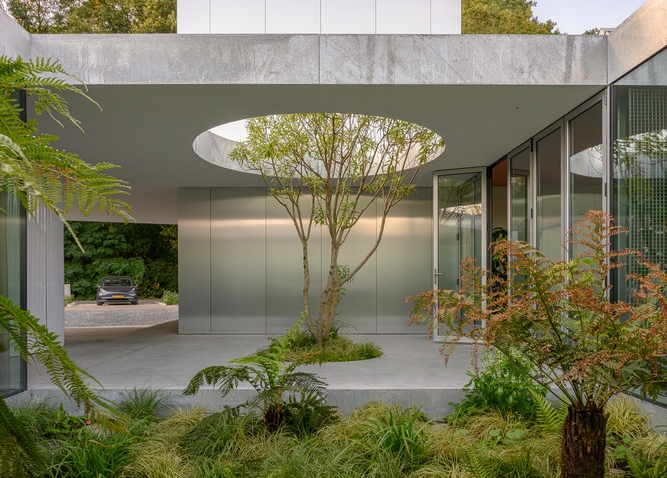Architecture in Landscapes: A Harmonious Blend of Nature and Design
The integration of architecture with landscapes is a vital aspect of creating environments that are both aesthetically pleasing and functional. This topic is increasingly relevant as urbanization and environmental concerns prompt a reevaluation of how buildings interact with their surroundings. Understanding the principles of architecture in landscapes can inspire more sustainable and harmonious designs.
The Importance of Contextual Design
Architectural design should always consider its context, which includes the local landscape, climate, and cultural heritage. A building that resonates with its environment can enhance the overall aesthetic and experience of a space. For instance, structures that use local materials blend seamlessly into the landscape, while designs that mimic natural forms can emphasize the beauty of the surrounding area. Contextual design not only honors the natural world but also enriches the user experience by creating a deeper connection between people and their environment.
Sustainable Practices in Landscape Architecture
Sustainability in architecture is more than just a trend; it’s a necessity for the future of our planet. Landscape architecture plays a crucial role in promoting eco-friendly practices, such as incorporating native plants, using permeable materials, and designing green roofs. These elements not only reduce the environmental impact of buildings but also enhance biodiversity and improve local ecosystems. By weaving sustainable practices into architectural design, we can create spaces that are not only visually striking but also contribute positively to the environment.
The Role of Community in Landscape Architecture
Community involvement is essential in shaping landscapes that truly resonate with their users. Engaging local residents in the design process can lead to spaces that reflect the community’s needs and values. By organizing workshops and discussions, architects and landscape designers can gather valuable insights that inform their projects. This collaborative approach not only fosters a sense of ownership among community members but also ensures that the final design is practical and meaningful. The result is a thriving landscape that serves as a vibrant hub for social interaction and cultural expression.
In conclusion, the interplay between architecture and landscape is a rich field ripe for exploration. By considering context, emphasizing sustainability, and fostering community involvement, architects can create spaces that are both functional and beautiful. If you’re inspired by the potential of architecture in landscapes, consider diving deeper into this fascinating subject—there’s always more to learn and discover!

